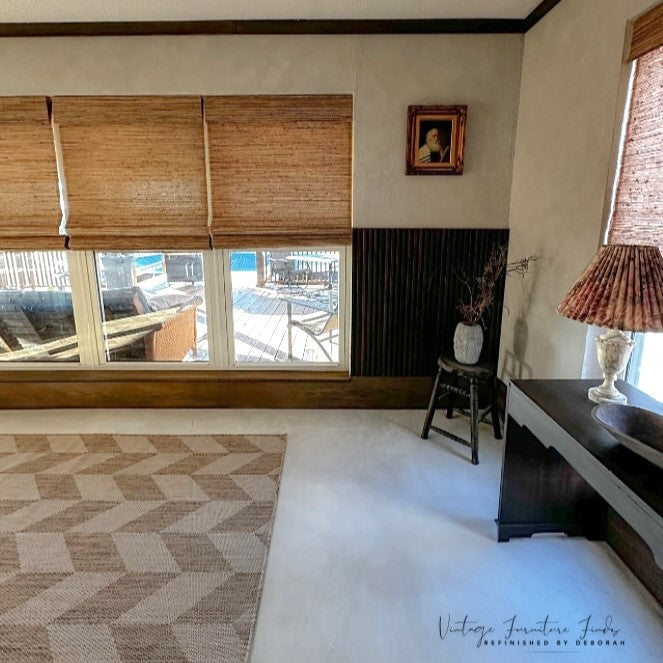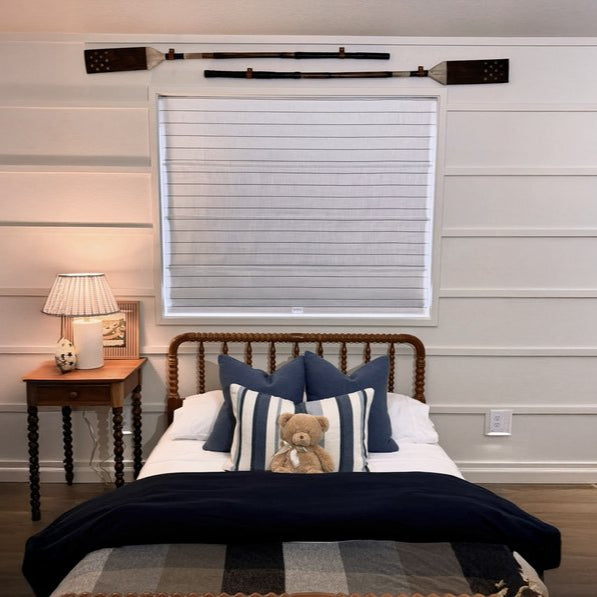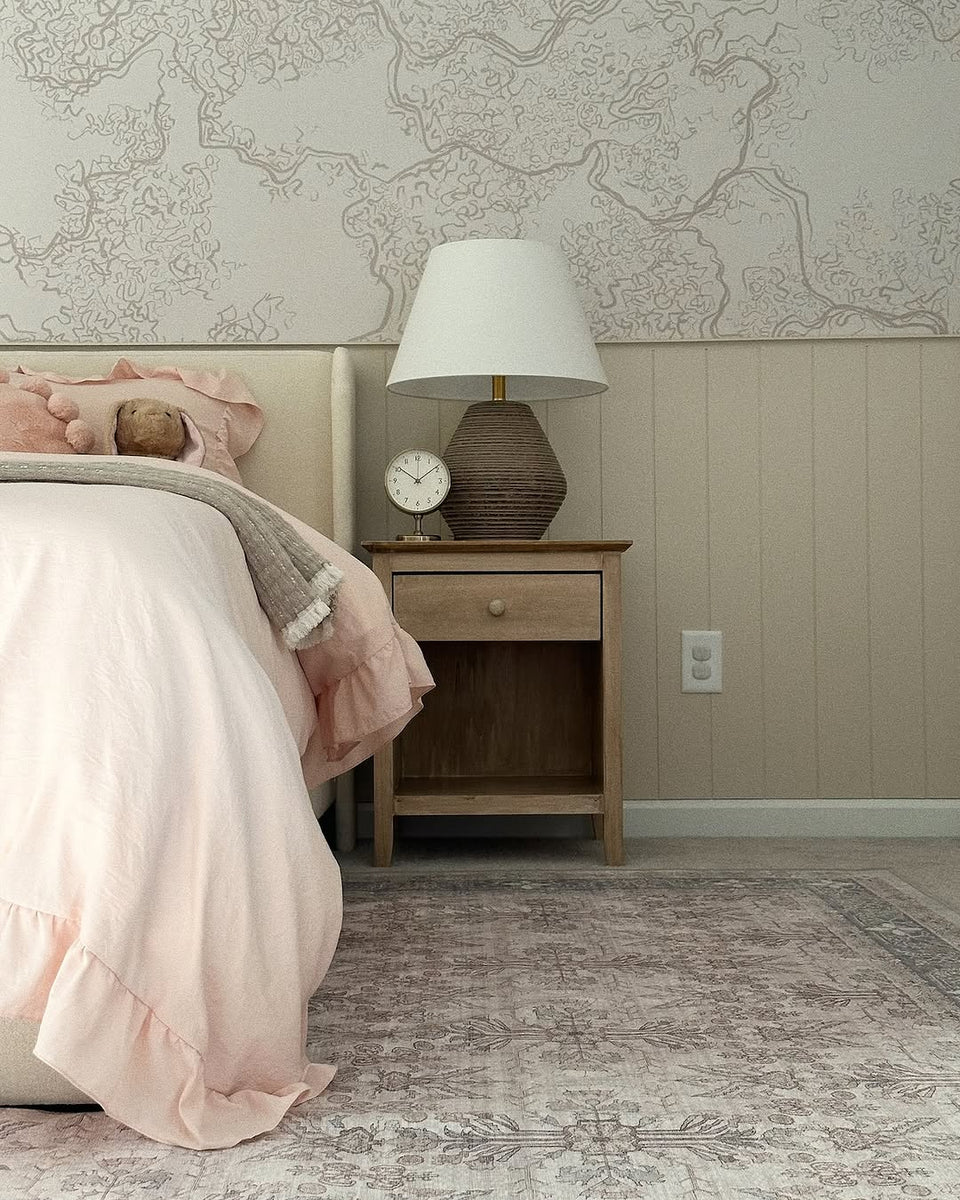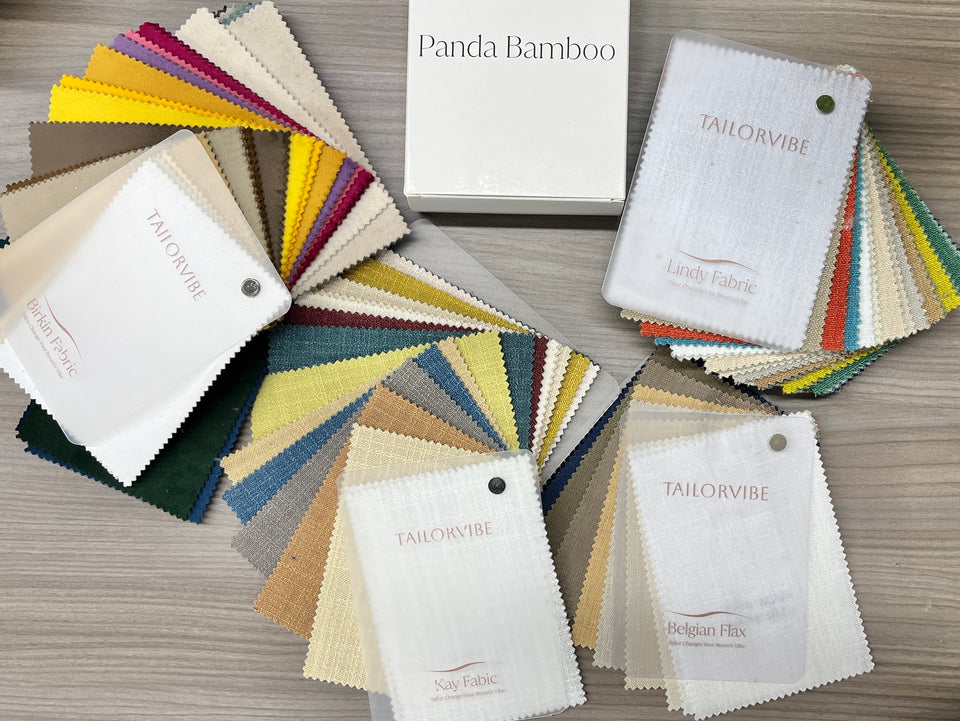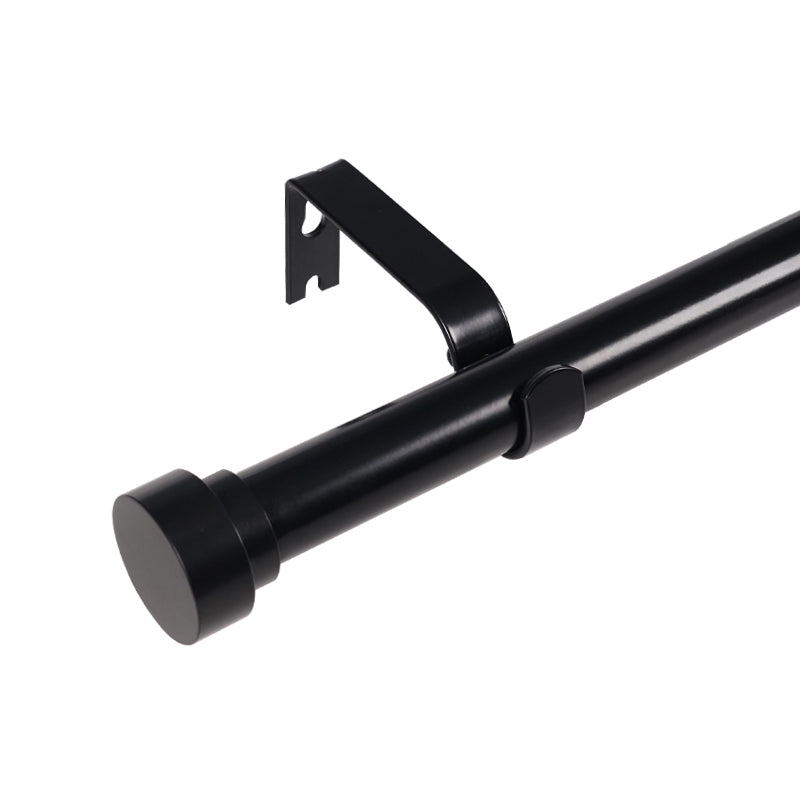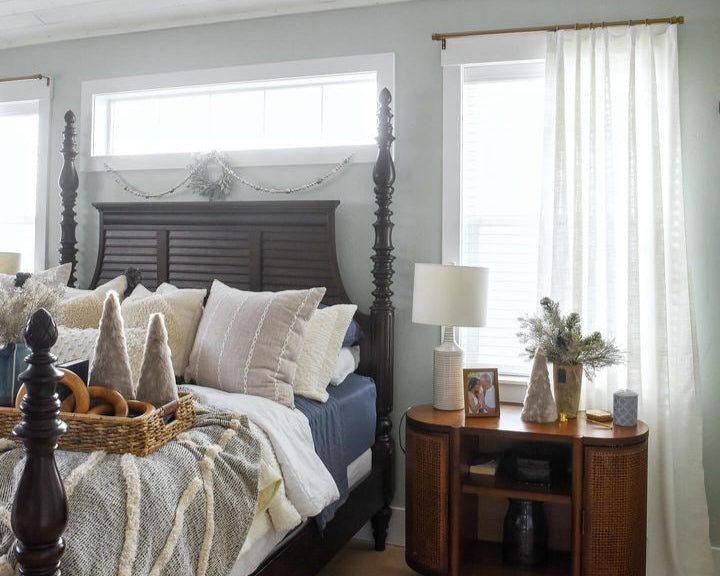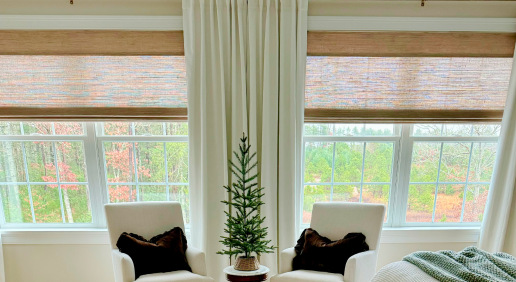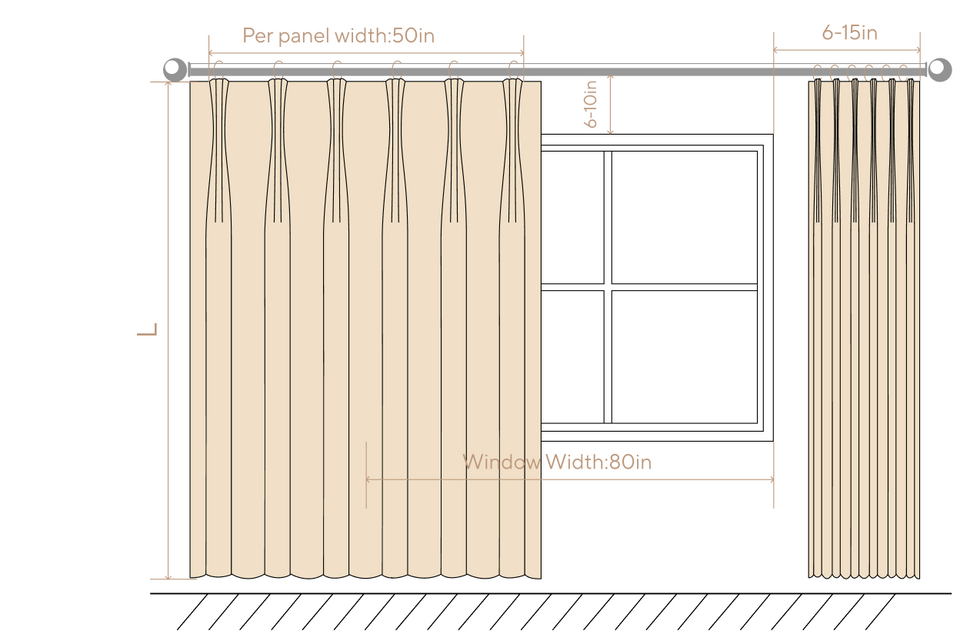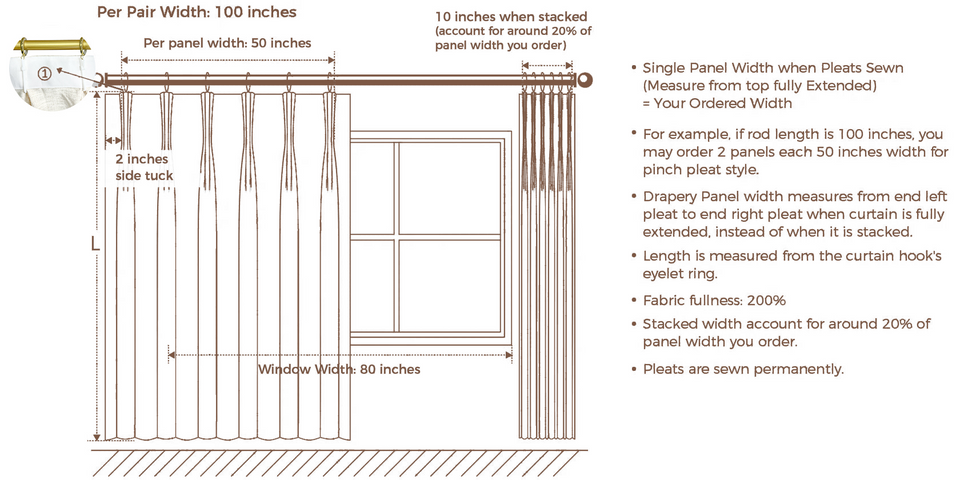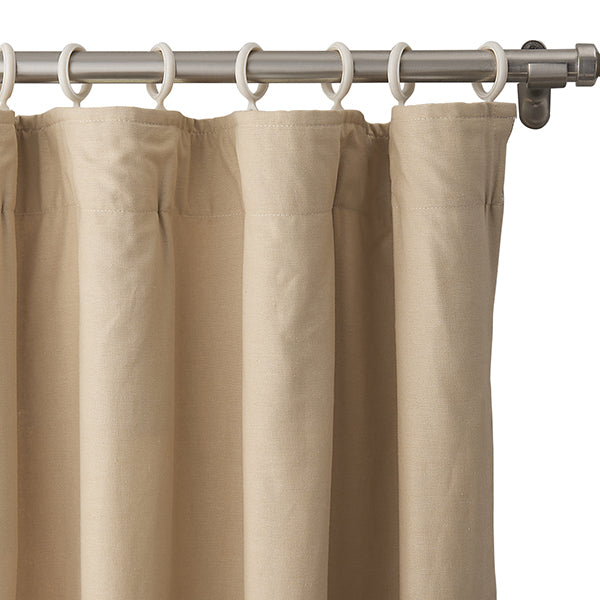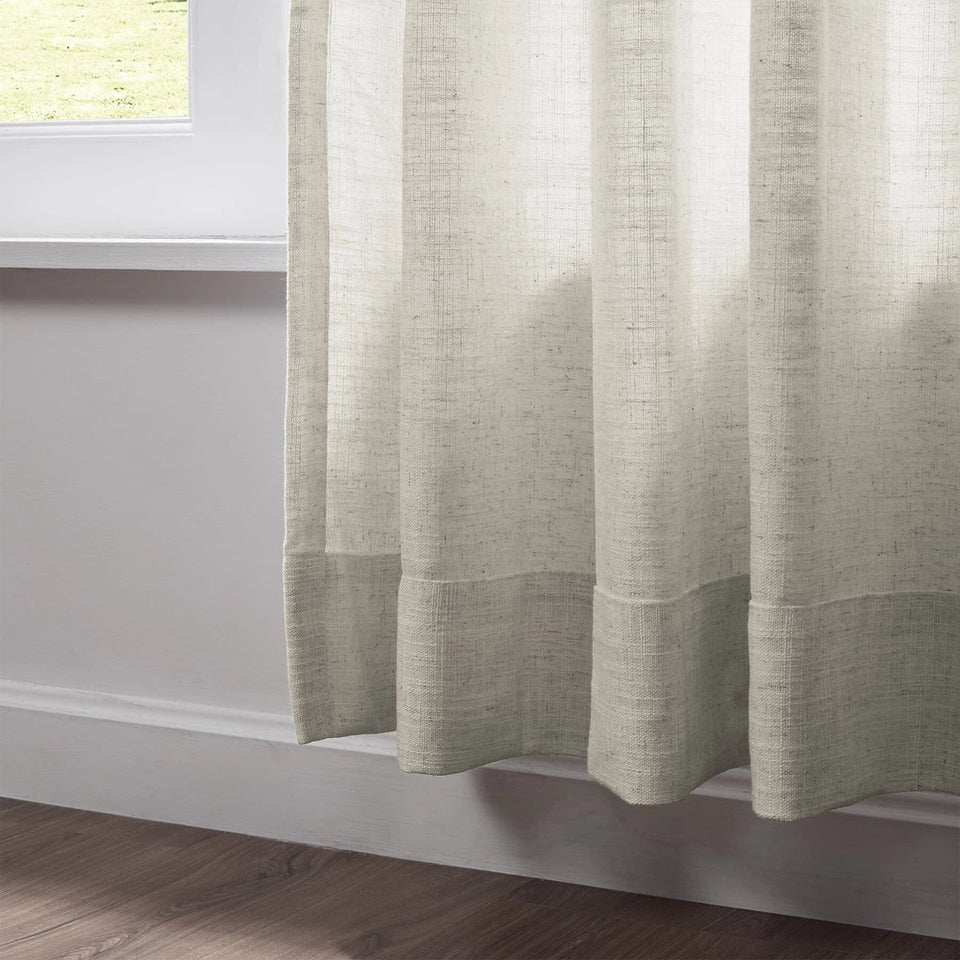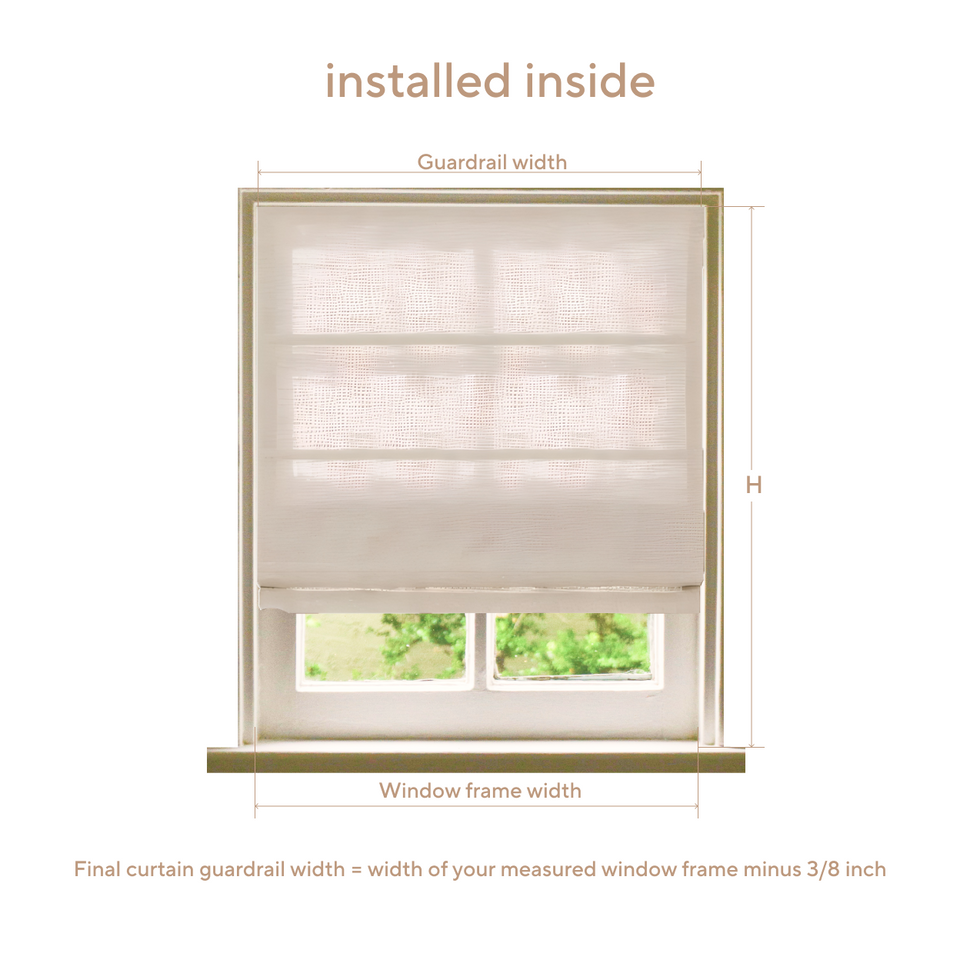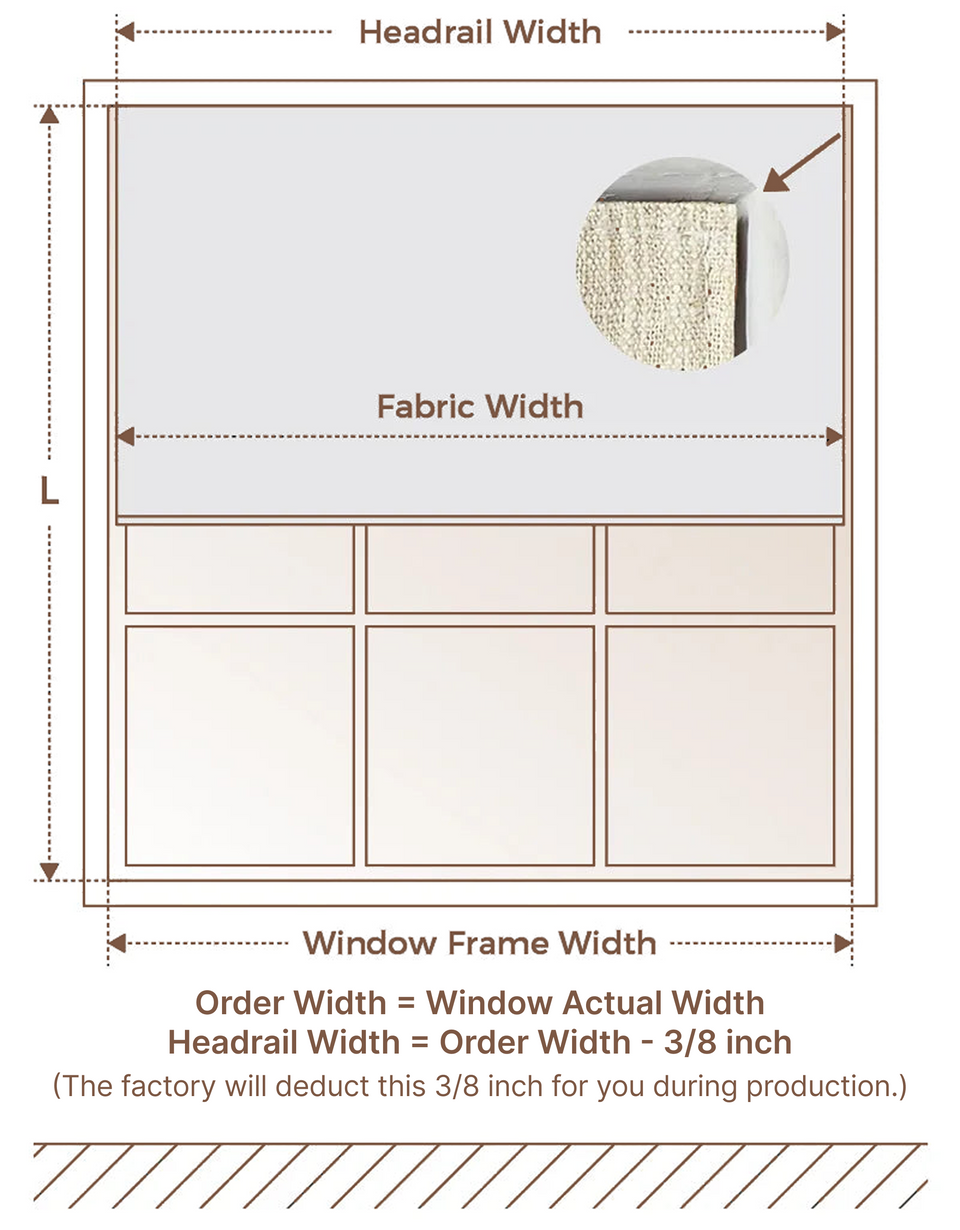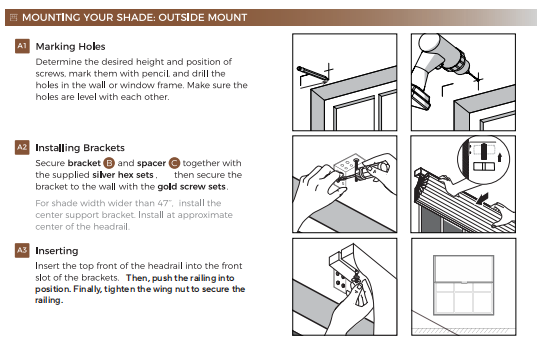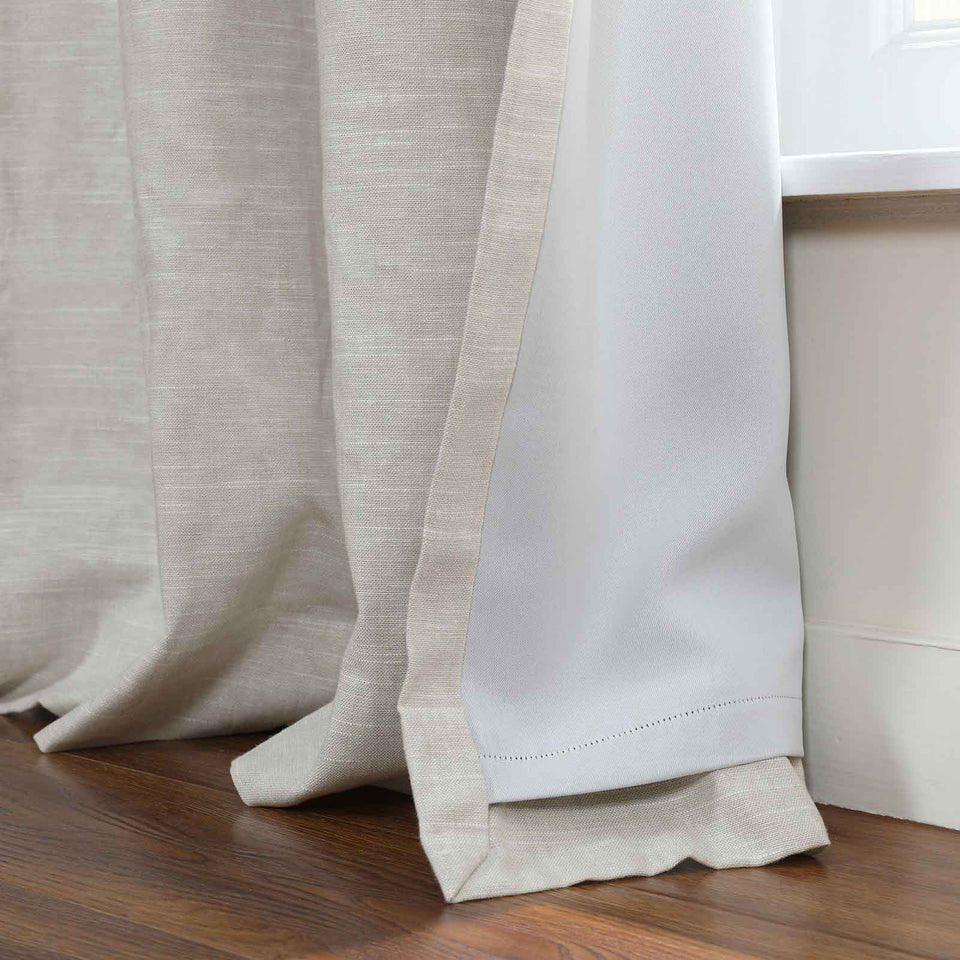Roman Shades Maintenance 101: Seasonal Care & Fabric-Specific Cleaning Strategies
Roman shades are a beautiful and useful addition to any home because they combine elegance and usefulness. For proper upkeep, it's important to know about the different kinds of Roman shades, such as linen Roman shades, cotton Roman shades, and blackout Roman shades. Regular care not only keeps them looking nice but also makes them last longer, so they stay in great shape season after season. This guide will give you important information on how to clean your Roman shades regularly, treat spots, deep clean them, and take care of them during different seasons so they always look their best.
What Should You Know About Your Roman Shades?
Understanding the specific characteristics of your Roman shades is essential for proper maintenance. Here's a practical guide on the different fabrics, common cleaning challenges, and the importance of regular care.
Types of Roman Shades Fabrics
Roman shades are made of different fabrics, and each one has its own needs. Linen Roman shades look beautiful and have a natural texture, but they can get wrinkled and be sensitive to water. Cotton Roman shades last a long time and are easy to clean, but they may fade if they are in full sunlight for a long time. Although velvet Roman shades look and feel very expensive, they need to be handled carefully so that their rich texture stays the same. Blackout Roman shades totally block light, which makes them perfect for beds. However, they need to be cleaned carefully to keep the blackout material in good shape.

Common Cleaning Challenges
Problems with different fabrics are different. Dust buildup is a problem that all types of Roman shades have, and it affects both how they look and how they work. Linen and cotton shades can be hard to clean after spills and stains because they soak up liquids so quickly. Right away, help is needed to stop lasting damage. Another worry is sun damage, especially for cotton and linen shades that can fade over time if they are left out in the sun for a long time. Mold and mildew can grow in damp places, especially if the shades aren't dried completely after being cleaned.
Why Regular Maintenance Matters
For many reasons, regular upkeep is very important. This keeps the style of your Roman shades and makes sure they stay a stylish part of your home. Regular care keeps the cloth from wearing out and makes your shades last a lot longer. When you keep your shades in good shape, they work smoothly and let you easily change the amount of light and privacy. Getting rid of dust and germs that get stuck in the cloth also improves the quality of the air inside your home, which is good for your health and comfort.
How Should You Prepare for Cleaning Your Roman Shades?
A few things you can do ahead of time can make the cleaning of your Roman shades go more smoothly and deeply. First, read the manufacturer's guidelines very carefully. Different fabrics may need different ways to be cared for. Use a feather duster or a soft brush tool on your cleaner to get rid of any surface dust. Taking this first step keeps dirt from getting into the fabric while it's being cleaned. Also, you might want to test any cleaning solution on a small, hidden area first to make sure it doesn't damage or change the color of the fabric.

How Do You Keep Roman Shades Dust-Free?
Begin by using a soft, dry cloth or feather duster to gently remove surface dust. For more thorough cleaning, attach the brush tool to your vacuum cleaner. Set the vacuum to a low-suction setting to avoid damaging the fabric. Carefully run the brush over the shades, ensuring you clean both sides and pay special attention to the folds where dust tends to accumulate. For delicate fabrics like linen Roman shades, use an upholstery attachment to prevent any pulling or stretching of the material. Conduct this routine every few weeks to keep your Roman shades free from dust and looking their best.
What’s the Best Way to Handle Stains on Roman Shades?
First, gently blot the stain with a clean, damp cloth to absorb as much of the spill as possible without rubbing it in further. Avoid using hot water, as it can set some stains permanently. For persistent stains, mix a small amount of mild detergent with lukewarm water. Apply this solution to the stained area using a soft cloth or sponge, dabbing gently without saturating the fabric. After treating the stain, use a clean, damp cloth to remove any soap residue. Ensure the treated area is dried thoroughly by blotting with a dry towel or allowing it to air dry completely to prevent mold and mildew.
When Should You Deep Clean Your Roman Shades?
Deep cleaning is necessary when routine dusting and spot cleaning aren’t enough to keep your Roman shades looking fresh. For linen and cotton Roman shades, hand washing or professional cleaning is recommended. To hand wash, carefully remove the shades from their fixtures and soak them in lukewarm water mixed with a mild detergent. Gently agitate the water to clean the fabric, then rinse thoroughly with clean water. Lay the shades flat on a clean towel to air dry, avoiding direct sunlight which can cause fading.
For velvet and blackout Roman shades, it’s best to opt for professional cleaning services to avoid damaging the delicate fabrics or the light-blocking properties. If machine washing is allowed per the manufacturer’s instructions, use a delicate cycle with cold water and mild detergent, and then air dry completely before reinstallation. Regular deep cleaning, done once or twice a year, helps maintain the integrity and appearance of your Roman shades.
How Do You Properly Dry and Reinstall Roman Shades?
After cleaning your Roman shades, it's important to let them dry properly to avoid mold, mildew, and cloth damage. After deep cleaning, ensure the shades are air-dried completely. Lay them flat on clean, dry towels, or hang them up somewhere with good airflow. Keep them out of direct sunlight, which can fade or warp them.
After the shades have dried completely, carefully put them back on their fixtures. Make sure that all of the gear, like brackets and cords, is properly attached and works. To make sure the shades work, move them up and down a few times to make sure they move smoothly. Drying your Roman shades the right way and carefully putting them back up will help them keep their shape, look, and usefulness so they can continue to add to the beauty of your home.
How Can You Maintain Roman Shades Seasonally?
Adapting your care routine to the changing seasons can help extend the life of your Roman shades and keep them looking their best year-round.
- Spring Cleaning: In spring, give your shades a thorough dusting and vacuuming. This is also a good time to perform a deep cleaning if needed, especially after winter when windows may remain closed for extended periods.
- Summer Sun Protection: During summer, adjust the shades regularly to minimize prolonged sun exposure, which can cause fading, especially in fabrics like cotton and linen. Consider using a UV-protective spray to shield the fabric from harsh sunlight.
- Fall Dusting and Inspection: In autumn, as you prepare your home for cooler weather, ensure the shades are free from dust and inspect them for any signs of wear or damage. This is an excellent opportunity to address minor issues before they become significant problems.
- Winter Insulation Check: In winter, check that blackout shades are in good condition to provide additional insulation and help reduce heating costs. Make sure they are properly adjusted to block drafts and retain heat within your living spaces.
By following these seasonal tips, you can maintain the appearance and functionality of your Roman shades throughout the year.
How Can You Prevent Issues with Your Roman Shades?
To keep your Roman shades from breaking down in the future, you should take care of them regularly and use them carefully. Do not use harsh chemicals or abrasive cleaning tools on the cloth; they can damage it. Mild soaps and gentle ways to clean are better choices.
You can use a protective cloth spray to keep dust and spots away. This will help keep things cleaner longer and make regular cleaning easier. Check the shades often for signs of wear and tear, like edges that are breaking or stitching that is coming apart. If you find any problems, fix them right away to stop more damage.
Additionally, be careful when adjusting the shades so that you don't put extra stress on the cords and systems. You can keep your Roman shades looking great and working well for years to come by giving them regular, gentle care.

FAQ
What Detergent Is Safe for Blackout Roman Shades?
Use a mild detergent specifically formulated for delicate fabrics to avoid damaging the blackout lining. Always test the detergent on a small, inconspicuous area first.
How Often Should You Deep Clean Motorized Roman Shades?
Deep clean motorized Roman shades at least once a year or as needed based on usage and exposure to dust. Regularly check the mechanisms to ensure they are free from debris.
Can Linen Roman Shades Be Machine Washed?
Always check the care label; many linen Roman shades should be hand washed or professionally cleaned to prevent damage. Machine washing can cause shrinkage or distortion.
What Temperature Damages Blackout Lining During Cleaning?
Avoid hot water; use lukewarm or cold water to protect the blackout lining from heat damage. Excessive heat can deteriorate the material's light-blocking properties.
Why Do Shades Develop Waves After Cleaning?
Improper drying techniques or excessive moisture can cause fabric distortion. Ensure thorough air drying, laying the shades flat or hanging them to maintain their shape.
How Long Should Roman Shades Last with Proper Care?
With regular maintenance, Roman shades can last up to 10 years, depending on fabric quality and usage conditions. Consistent, gentle care significantly extends their lifespan.




